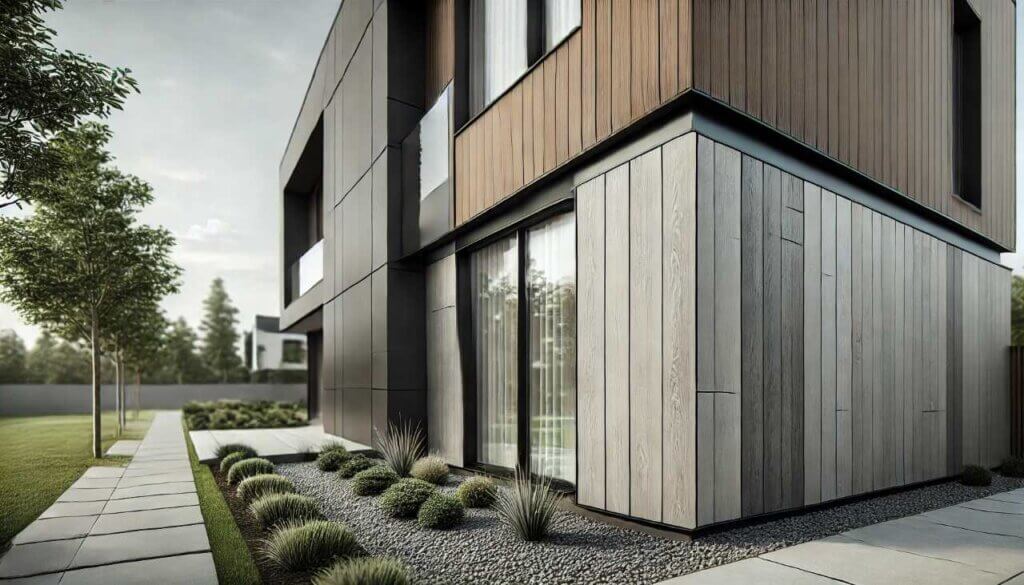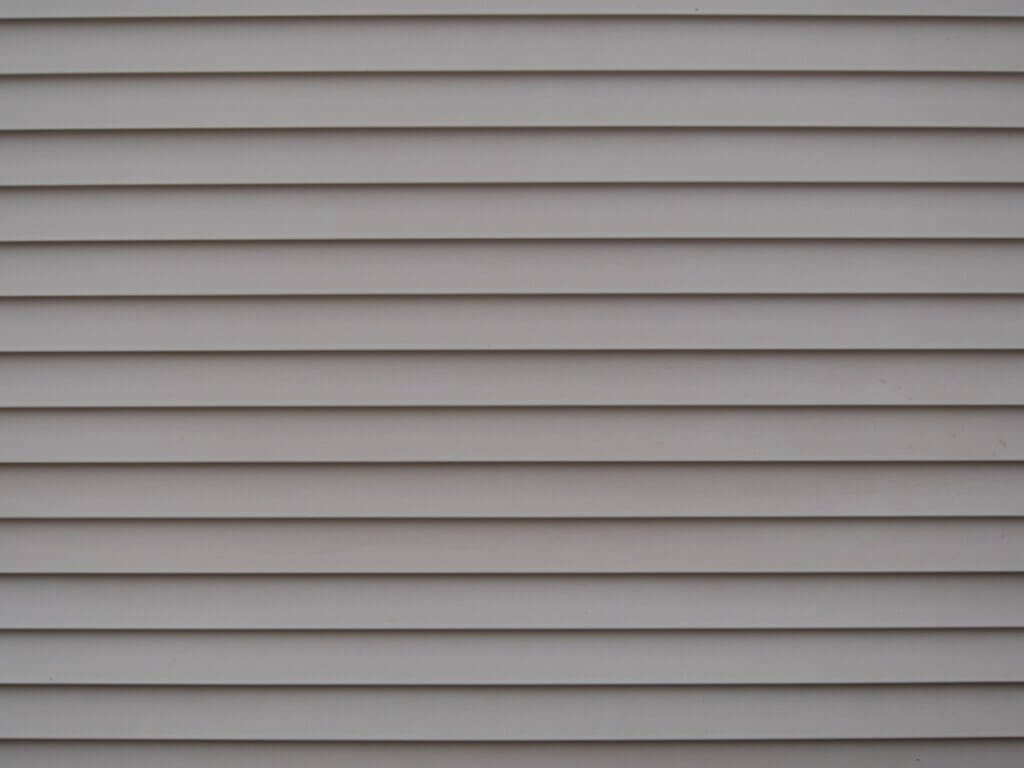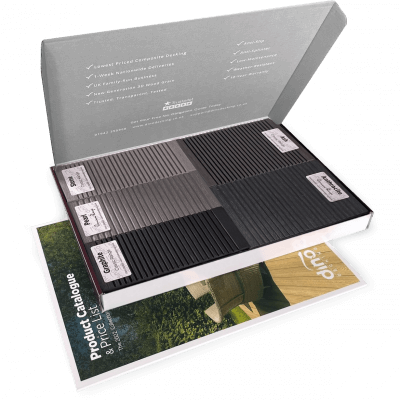5 Composite Decking Lighting Ideas
Our composite decking looks great in any setting, but you can really make your outdoor spaces shine with our decking
Products in Stock
Lowest Prices
Express Delivery
10-Year Warranty
Early April Sale. Up To 15% Off.

Let’s be honest, when it comes to home improvements, we want something that’s going to last. And if you’re considering composite cladding to give your home a fresh new look, you might be wondering: will those vibrant colours stay true, or will they fade into a dull shadow of their former selves?
It’s a valid concern, especially with the unpredictable UK weather throwing everything from blazing sunshine to torrential downpours our way. So in the following blog, we’re here to shed light on the truth about composite cladding, and respond to one of our most frequently asked questions from our customers.
Before we dive into the fading phenomenon, let’s recap what composite cladding is all about. This innovative material is a blend of wood fibres and recycled plastic, engineered to offer exceptional durability, weather resistance, and low maintenance. It’s a fantastic alternative to traditional timber cladding, providing a modern and sustainable solution for enhancing your home’s exterior.
Composite cladding boasts a range of advantages that make it a popular choice for homeowners:
While composite cladding is known for its colour retention, some fading can occur over time due to several factors:
Prolonged exposure to the sun’s ultraviolet (UV) rays can cause some colour fading in any outdoor material, including composite cladding.
Harsh weather conditions, such as extreme temperature fluctuations, heavy rainfall, and strong winds, can also contribute to fading over time.
The quality of the composite cladding itself plays a role in its colourfastness. Higher-quality materials with superior UV protection and colour stabilisation technologies tend to retain their colour better.
Now, let’s address the burning question: how well does composite cladding retain its colour?
Modern composite cladding manufacturers utilise advanced colour retention technologies, such as UV inhibitors and pigments that are resistant to fading. This means that composite cladding retains its colour far better than traditional timber cladding, which is prone to significant fading and greying over time.
While some fading is inevitable over the very long term, high-quality composite cladding can retain its vibrant colour for many years, often exceeding a decade. The extent of fading will depend on the factors mentioned earlier, such as UV exposure, weather conditions, and the quality of the material.

While composite cladding is generally low maintenance, a few simple steps can help preserve its colour and prolong its lifespan:
Regularly cleaning your cladding with mild soap and water can help remove dirt, grime, and pollutants that can contribute to fading.
Applying a UV-protective sealant or coating can provide an extra layer of defence against the sun’s harmful rays, further enhancing colour retention.
If possible, consider the placement of your cladding. Areas that receive less direct sunlight will experience less UV exposure and therefore less fading.
Even with the best care, some fading might occur over time. But don’t worry, there are solutions available:
Some composite cladding manufacturers offer restoration products that can help revitalise the colour and appearance of faded cladding.
If your cladding has reached the end of its lifespan or the fading is significant, you might consider replacing it. However, thanks to the longevity of composite cladding, this is typically not necessary for many years.
Overall, composite cladding offers a fantastic combination of durability, aesthetics, and sustainability. While some fading might occur over time, modern colour retention technologies and proper maintenance can significantly prolong the vibrancy of your cladding.
If you’re looking to enhance your home’s exterior with a long-lasting and stylish solution, explore our range of high quality composite cladding at Dino Decking. We offer a variety of colours and finishes to suit every taste and architectural style, and our cladding is built to last through all four of the unpredictable British seasons.

Our sample pack contains a sample piece of each colour currently available. Order your free sample pack today to compare the colours and get a true feeling of the Dino Decking range!
Our composite decking looks great in any setting, but you can really make your outdoor spaces shine with our decking
If the idea of having rats under your decking makes you shiver, don’t worry. We’ll let you know the signs
Business hours
Monday: 09:00 – 17:30
Tuesday: 09:00 – 17:30
Wednesday: 09:00 – 17:30
Thursday: 09:00 – 17:30
Friday: 09:00 – 17:30
Saturday: Closed
Sunday: Closed
Contact us
01942 355968
support@dino.co.uk
Collection Address: Unit 1 Wetheral Close Hindley Ind Estate Wigan Greater Manchester North West WN2 4HS
Pages
Products
Testing
Copyright 2025 Dino Decking Ltd All Rights Reserved.
VAT Number: GB296097848.
Company Number: 10837233.